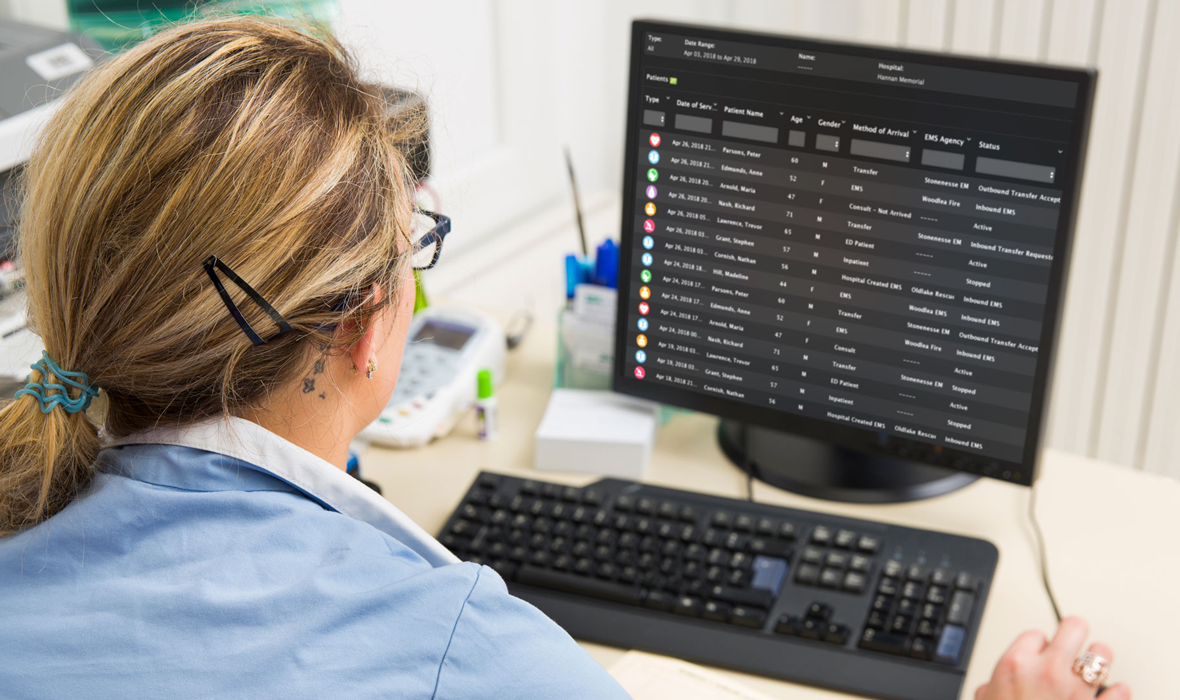Pulsara Around the World - 2025 Recap and January 2026
December Recap After an incredibly busy events year with 102 conferences, trade shows, and sponsorships, December was on the slower side for us, with...

EDITOR'S NOTE: Special thanks to our guest blogger, Reid Kiser, Founder, President, and CEO of Kiser Healthcare Solutions. Reid is an innovative leader who has served in a variety of capacities with healthcare organizations over the past 20 years addressing healthcare quality, performance measurement, data analytics and reporting, and business systems design. He currently provides strategic consulting services and subject matter expertise through client engagements and multi-stakeholder panels focused on improving healthcare quality. He can be reached at rrkiser@kisersolutions.com.
__
Quality is a critical piece of the health care equation. To date, so much focus (and rightfully so) has been placed on prevention and management of chronic conditions, and more recently, overuse and inappropriate use. After all, these contribute to a significant chunk of our industry’s healthcare costs. But what about all of the inefficiencies and waste our systems generate when it comes to provider communications and care delivery? It's hard for most people who don't work in healthcare to get over the fact that fax machines still hold a place on countertops at our medical facilities. And providers still wear beepers on the belt loop? Clutter is a term that comes to mind, thanks to my wife’s teachings.
There is a significant opportunity to go after improving patient outcomes simply through better communication and coordination. There is no doubt we have made tremendous progress on this front, with implementation of EHRs and other e-health technologies. Granted, I still feel like I’m filling out an endless amount of paperwork each time I go to a different doctor, but we’re getting there.
Through my work in supporting stakeholders interested in moving from volume to value, I came upon an incredibly simple and efficient communications solution that is embedded in a device that nearly all of us use for work and personal communications. This item travels with us most everywhere, and everyday. It’s hard to imagine a day without it! You guessed it: the smartphone. Paired with the Pulsara solution, the smartphone becomes the most powerful communication device available in healthcare.
Pulsara enables real-time communication among care team providers. It helps makes sure all are on board and engaged in providing the best care for patients, particularly when time is of the essence. This is incredibly important when it comes to life and death scenarios. As clinicians say, “time is brain” and “time is tissue.” As for the C-suite and payers, “time and outcomes are money.”
So how does quality fit in to all of this? Well, improved communication leads to better care delivery, which leads to better patient outcomes, which leads to ________. You can fill in the blank here, and many of the aims your facility focuses on will also be improved with better communication. For example, fill in the blank with: "less utilization of hospital resources." That leads to more revenue for your hospital (did you know miscommunication currently costs hospitals $12 billion per year?).
There are certainly other dimensions of quality we could plug into this algorithm, and each can be defined or standardized in a way that leads to measurable performance improvement over time. And if you’re part of a care team, you and your organization are most likely being held accountable (and paid!) for such performance.
What are your aims? Stay tuned for my next blog that addresses more on quality in healthcare.

December Recap After an incredibly busy events year with 102 conferences, trade shows, and sponsorships, December was on the slower side for us, with...

Editor's Note: In July 2025, EMS1 and Fitch & Associates released their annual EMS trend survey, What Paramedics Want, proudly sponsored by Pulsara....
![[PRESS RELEASE] Published Research Finds Up to 31% Faster STEMI Treatment Times in Rural Hospital Setting with Pulsara](https://www.pulsara.com/hubfs/_1_website-page-blog-assets/pulsara-hosp-teams-assign-cardio-stemi-rn-1200x701.jpg)
Published research shows how using Pulsara, alongside standardized field activation and a focus on stakeholder relationships, improves STEMI care and...